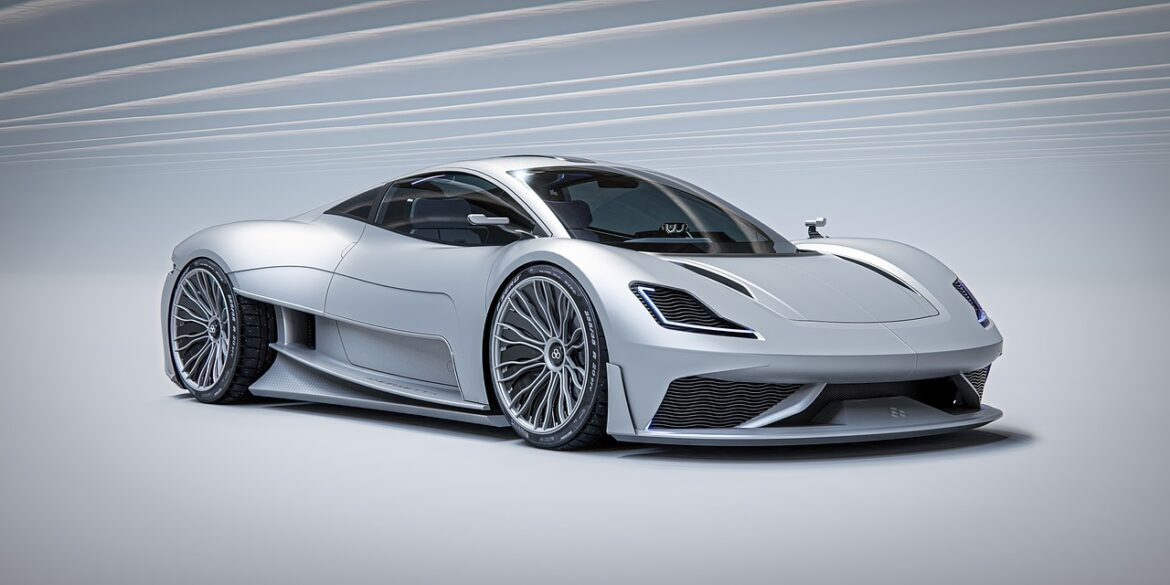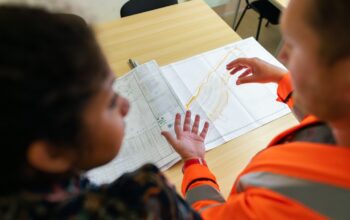Introduction to Revolutionary Trends in Automobile Engineering
As we dive into 2025, the automotive industry is witnessing unprecedented changes. It’s an era where technology and sustainability are intertwined to redefine vehicle design. Here, we explore five key trends shaping the future of automobile engineering, including software-defined vehicles, electrification, autonomous driving, user experience innovations, and sustainable manufacturing practices. These advancements are not just about technology; they’re about changing how we think about mobility itself.
Trend 1: Software-Defined Vehicles (SDVs)
Imagine a car that can update its capabilities as easily as your smartphone updates its software. Software-defined vehicles are revolutionizing the industry by allowing cars to be tailored to specific needs without changing the hardware. This means vehicles can transform from mere transportation devices to personalized platforms for entertainment, productivity, and safety, all through software updates. For example, SDVs can integrate AI-powered assistants, enhancing the driving experience with real-time recommendations and intuitive interactions.
Aliaksei Safonau, Head of the Automotive Unit at Promwad, notes that SDVs will unlock new revenue streams by offering software-driven services, further elevating vehicle capabilities over time.
Trend 2: Electrification Advancements
Electric Vehicles (EVs) are no longer the future; they’re the present. With stricter environmental regulations and growing consumer demand, battery electric vehicle volumes are soaring. Innovations in solid-state batteries are improving EV safety and performance, making them more viable alternatives to traditional internal combustion engines. Energy management systems and battery management software further boost efficiency, ensuring EVs not only reduce carbon footprints but also deliver better driving experiences.
Trend 3: Autonomous Driving Developments
From Level 2 autonomy to more advanced systems, autonomous driving is becoming mainstream. Vehicles with features like lane centering and adaptive cruise control are no longer exclusive to luxury cars; they’re becoming standard across the board. The transition to Level 3 autonomy is ushering in an era where vehicles can take over more tasks while driving, ensuring safer roads and reducing driver fatigue.
Trend 4: User Experience Innovations
The vehicle is no longer just a means to get from point A to point B; it’s becoming an integrated part of our daily lives. AI-driven hyper-personalization allows for tailored in-car environments, transforming vehicles into personal spaces where occupants can be productive or entertained. Cars are evolving from mere transportation tools to immersive experiences, blurring the line between mobility and lifestyle.
Trend 5: Sustainable Manufacturing Practices
With sustainability now at the forefront, manufacturers are adopting circular economy initiatives and digital tools to reduce waste and carbon footprints. Lightweight materials, digital twins, and lifecycle management tools are helping manufacturers meet sustainability goals while maintaining efficiency in production. For instance, using aluminum can significantly reduce vehicle weight, improving both efficiency and compliance with environmental regulations.
Real-World Stories and Examples
Beyond these trends, real-world examples showcase their impact. For instance, Tesla, led by Elon Musk, has been at the forefront of electric vehicle production and autonomous driving technology. Additionally, companies like Mercedes-Benz are using AI in vehicle design and user experience, integrating tools like ChatGPT to enhance driver interaction.
Key Takeaways:
- Software-defined vehicles revolutionize vehicle capabilities through software updates.
- Electrification growth driven by technology improvements and regulations.
- Autonomous driving evolves with Level 2 becoming standard and Level 3 on the horizon.
- User experiences are enhanced by AI-driven personalization.
- Sustainable manufacturing focuses on reducing waste and carbon footprints.
Conclusion
These trends aren’t just about new technology; they represent a fundamental shift in how we approach automobile engineering. As technology advances and sustainability demands increase, the industry is undergoing a transformation unlike anything it has seen before. Whether it’s about making cars smarter, safer, or more sustainable, 2025 marks a new era for the automotive world.
References:
- https://promwad.com/automotive-trends-2025
- https://www.vallourec.com/app/uploads/2025/04/VALLOUREC_URD_2024_EN.pdf
- https://www.techinsights.com/blog/five-key-trends-automotive-2025
- https://www.biography.com/business-leaders/elon-musk
- https://www.tietoevry.com/en/blog/2025/04/top-software-defined-vehicle-trends/
- https://www.aacsb.edu/-/media/publications/research-reports/aacsb-2025-state-of-business-education.pdf?rev=14ec95975ac14dbab32d3ff4b9786b98&hash=B48CFDE2B796F36CD4BAB46EF691D5E7
- https://www.bcwgroup.co.uk/news-and-media/news-archive/top-5-automotive-manufacturing-trends-in-2025
- https://practical.engineering/blog



